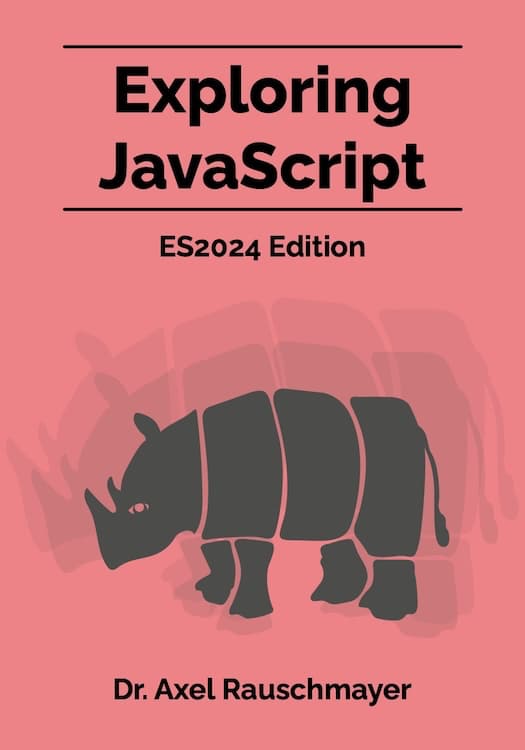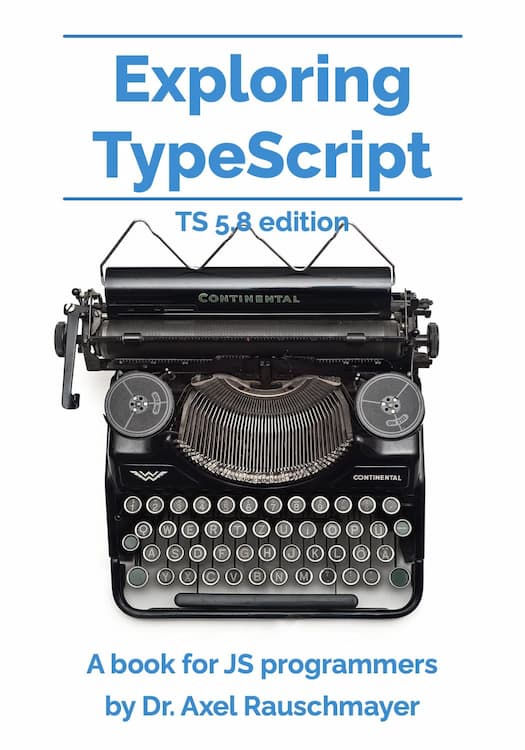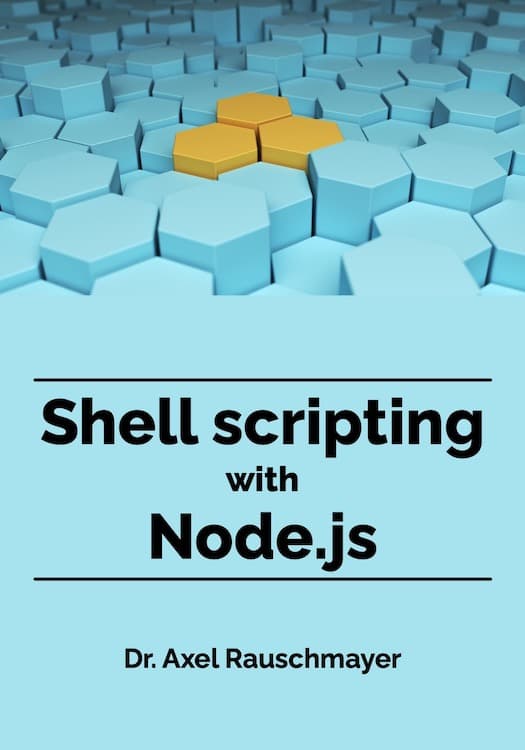2025-09
[Web dev for beginners] Package managers
In this chapter, we install a package manager. That gives us access to all kinds of software.
[Web dev for beginners] Authenticating users with plain Node.js
In this chapter, we learn how to write a server that lets users log in via passwords. That process is called authentication.
[Web dev for beginners] Implementing web servers
In this chapter, we’ll write our own web server: It will serve files and manage the data for a browser app.
[Web dev for beginners] Frontend frameworks
In this chapter, we’ll take a look at frontend frameworks – libraries that help with programming web user interfaces (“frontend” means “browser”, “backend” means “server”). We’ll use the frontend framework Preact to implement the frontend part of a todo list app – whose backend part we’ll implement in a future chapter.
[Web dev for beginners] Installing npm packages and bundling
In this chapter we develop a small web app in the same way that large professional web apps are developed:
- We use libraries that we install via npm.
- We write tests for some of the functionality.
- We combine all JavaScript code into a single file before we serve the web app. That is called bundling. (Why we do that it explained later.)
[Web dev for beginners] Asynchronous JavaScript – Promises and async functions
In this chapter, we learn how to handle tasks that take a long time to complete – think downloading a file. The mechanisms for doing that, Promises and async functions are an important foundation of JavaScript and enable us to do a variety of interesting things.
2025-08
[Web dev for beginners] JSON and processing files in Node.js
In this chapter, we explore the popular data format JSON. And we implement shell commands via Node.js that read and write files.
[Web dev for beginners] JavaScript Maps
In this chapter, we’ll explore the data structure Map (a class) which lets us translate (“map”) from an input value to an output value. We’ll use a Map to display text upside-down in a terminal!
[Web dev for beginners] JavaScript exceptions
In this chapter, we look at exceptions in JavaScript. They are a way of handling errors. We’ll need them for the next chapter.
JavaScript’s trademark problem
In this blog post, we discuss Oracle’s trademark of the word “JavaScript”:
- What are the problems caused by that trademark?
- How can we fix those problems?





